Even though temperatures are dropping, glaciers in the Himalayas are still shrinking.
Downslope winds have been keeping temperatures down, but scientists have discovered that the glaciers are still melting.
What Are Katabatic Winds?
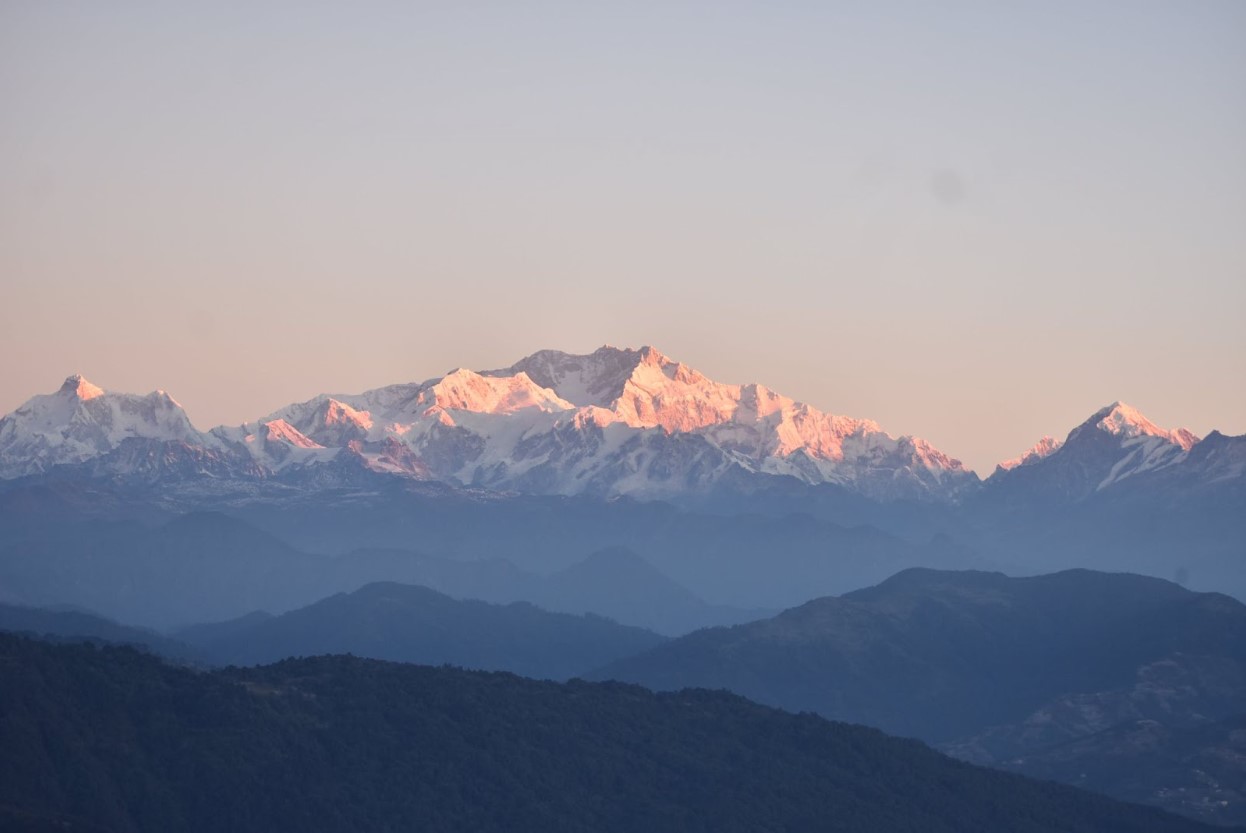
Nature Geoscience published a study that explains the downward slope winds that are keeping the mountains cool.
According to Nature.com, Katabatic Winds, “lower the elevation of wind convergence, thereby diminishing precipitation in glacial areas.”
Further Studies Are Needed to Help Understand Glacial Shrinkage
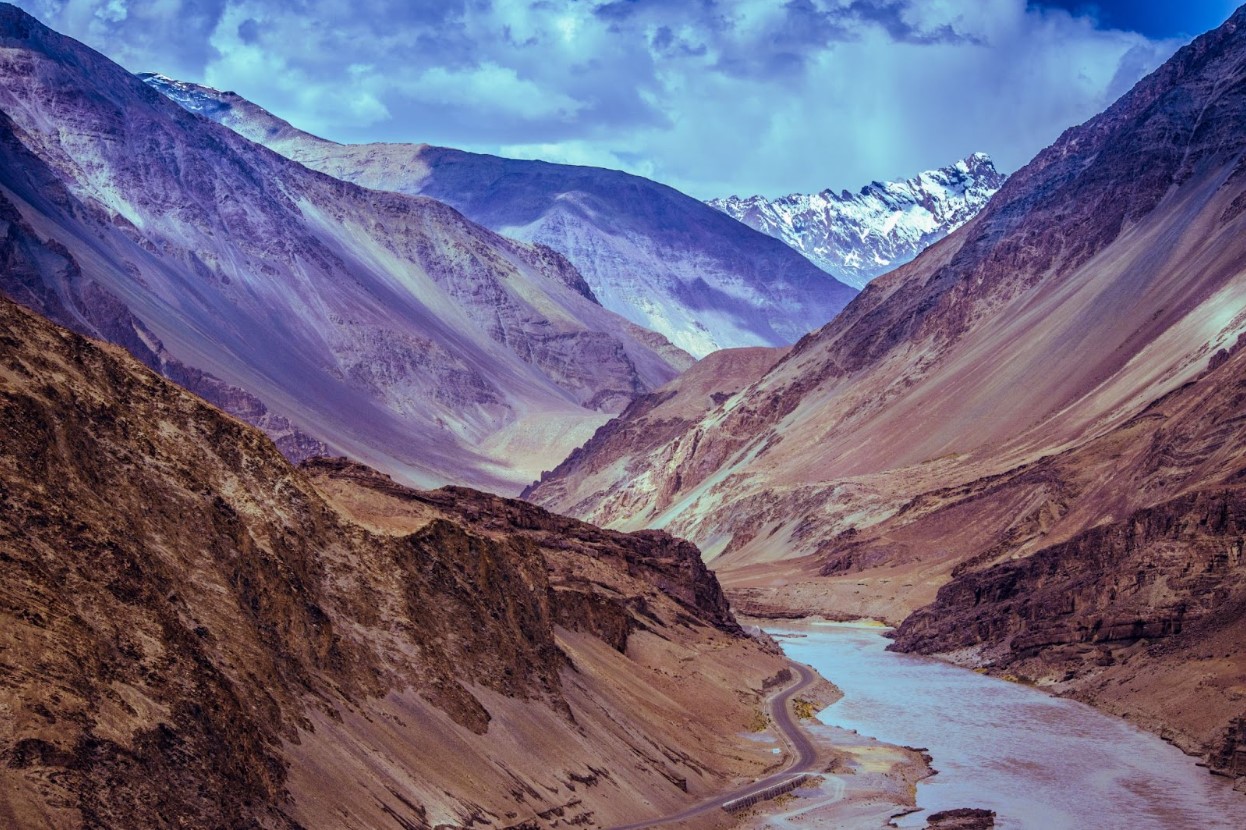
Although promising, there are still more studies needed on the glacier’s response to the Katabatic Winds.
Further studying these trends could help us better understand glacial shrinkage.
The Himalayan Glaciers Are a Huge Source of Water for Asia
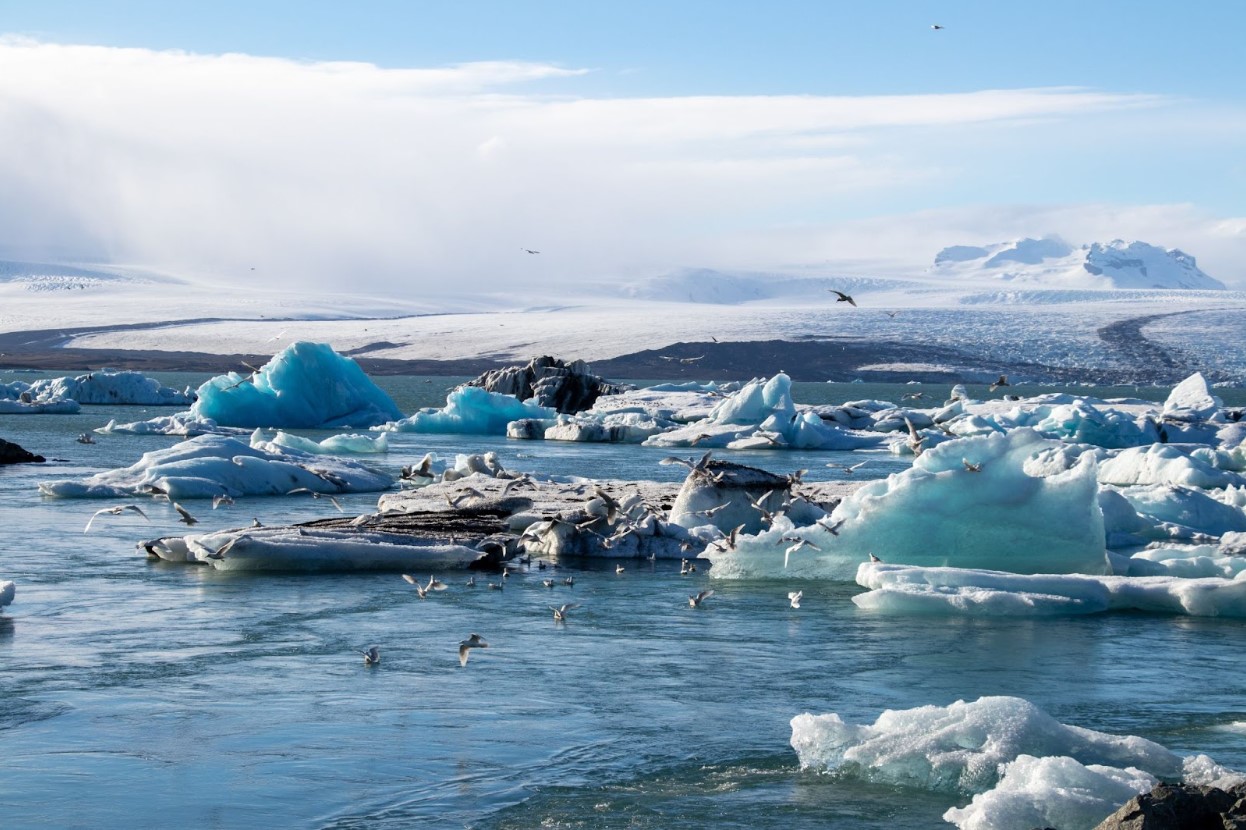
The glaciers in the Himalayas are a big water source for all of Asia.
ABC reports that over one billion people rely on these glaciers for water.
Consequences Still Remain for Himalayan Glaciers
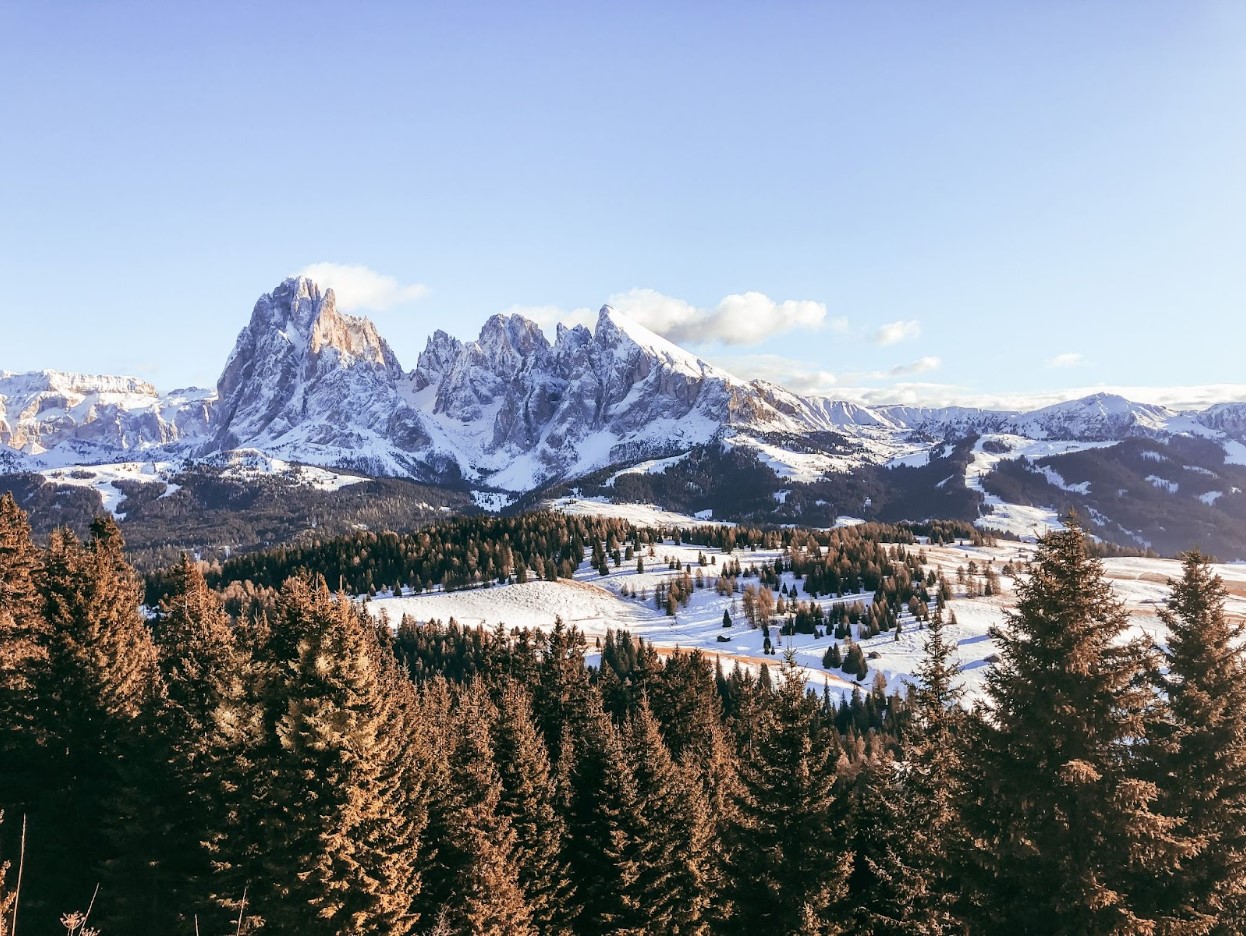
A population relies on these glaciers remaining healthy and intact.
While the glacial areas staying cool is helpful, some consequences remain with this Katabalic Wind cooling.
Katabatic Winds Are Lowering Precipitation

Katabatic Winds are leading to a change in precipitation patterns in the lower parts of the mountains.
At high elevations, the precipitation is increasing while it is decreasing at lower levels. The Katabatic Winds are blocking the flow of moisture where the glaciers normally form.
Why Are the Glaciers Still Shrinking?
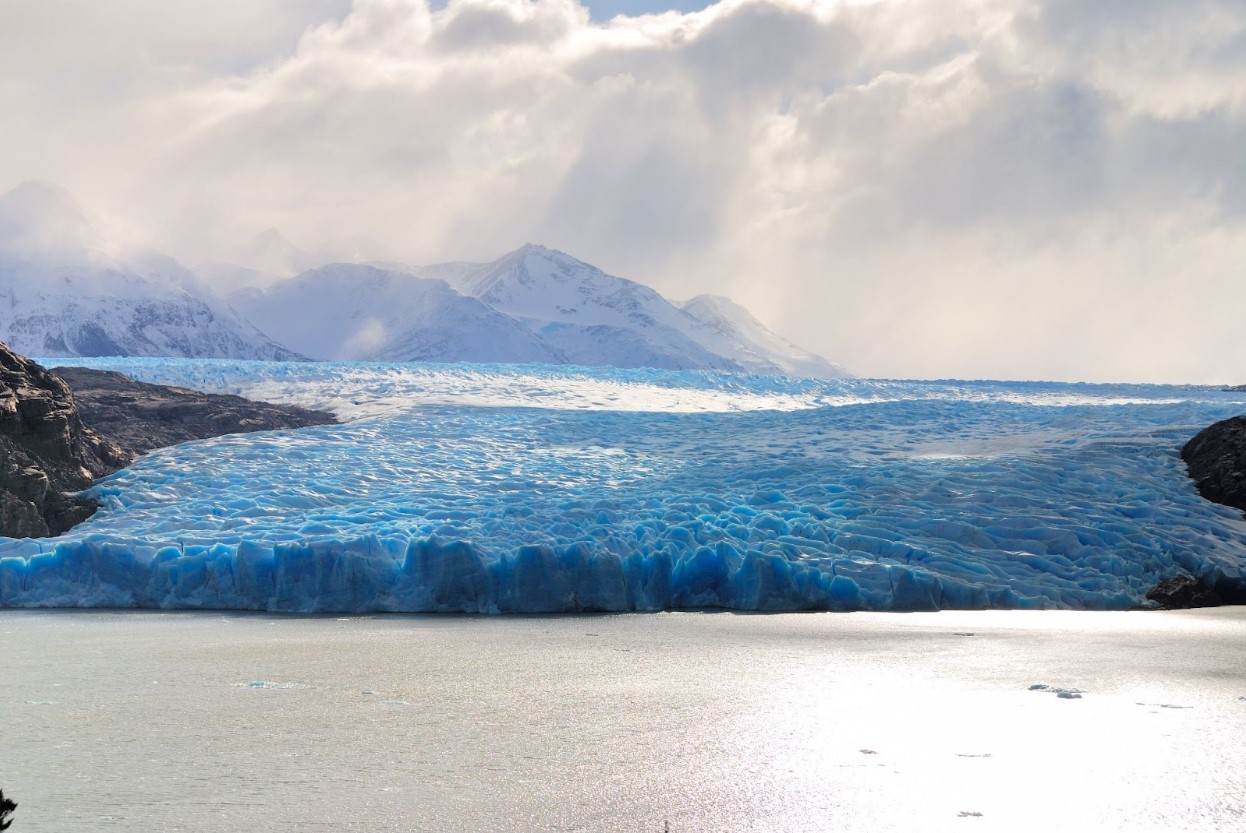
This is what is continuing the decline in the size of the glaciers because they rely on precipitation.
Even though the daytime temperature decrease is keeping them from shrinking completely, they are still dwindling.
Isn’t Cooling the Air Good for the Glaciers?
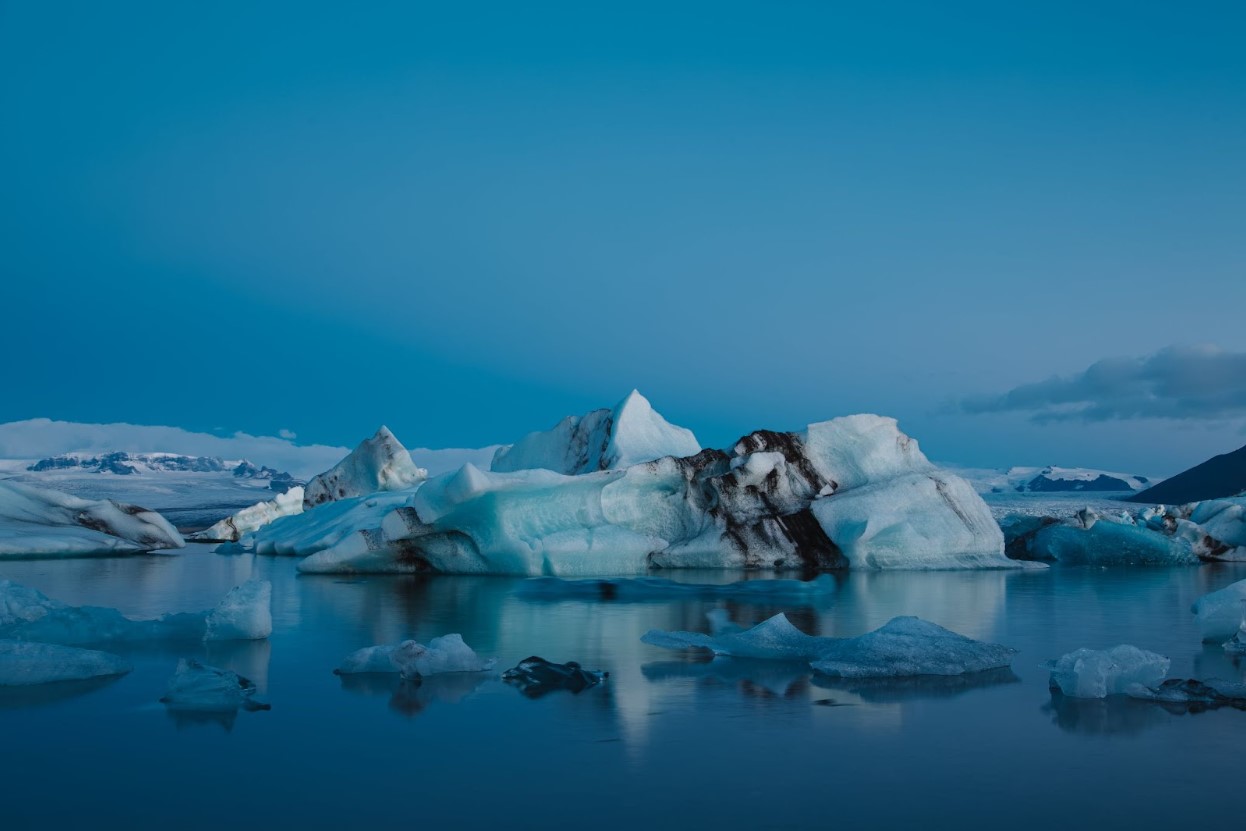
So, although the cooling of the areas around the glaciers may seem like a good thing, it isn’t.
Because the precipitation is still lowering over the glaciers themselves, they need to keep their size.
Global Warming around the World Is Affecting Glacier Size
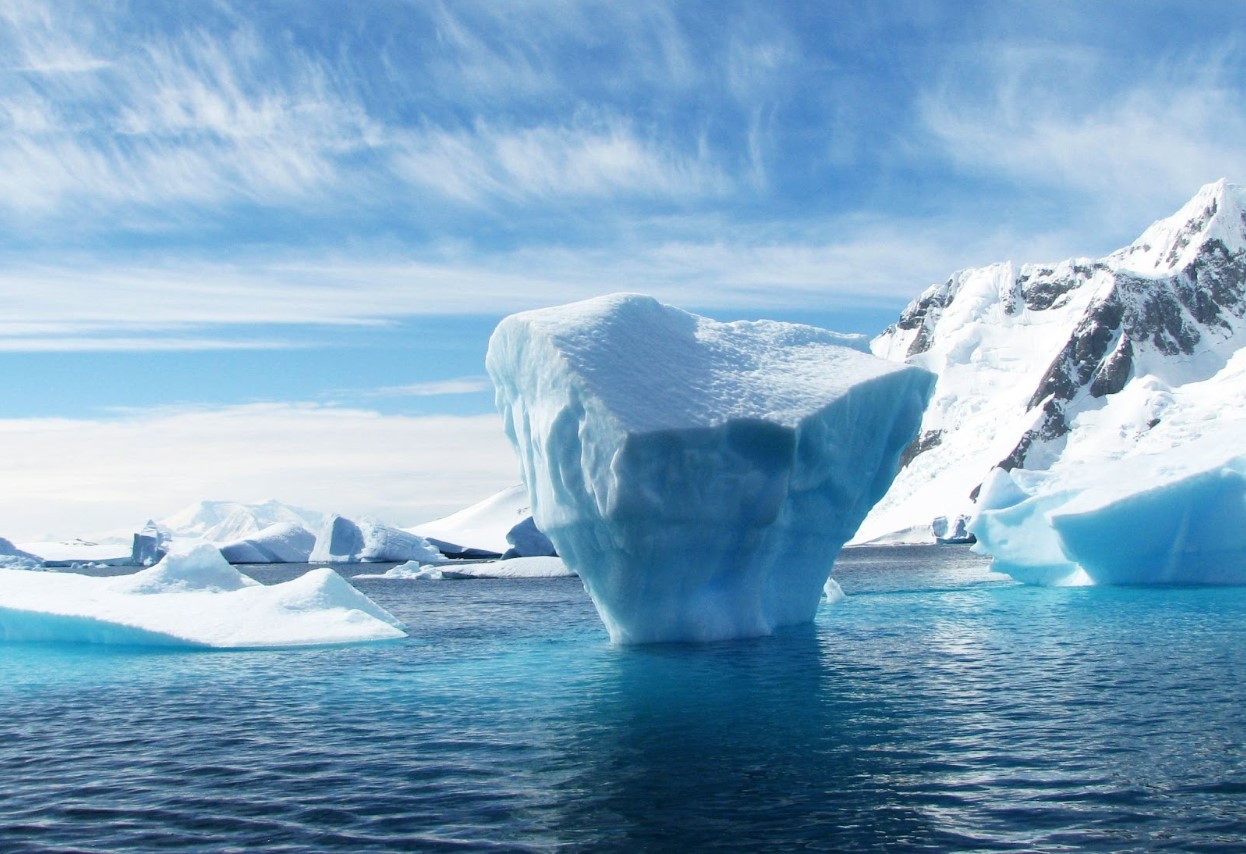
Around the world, global warming, caused by humans on a daily basis, is leading to the decline in glaciers. And it’s not just in the Himalayas, according to the National Oceanic and Atmospheric Administration.
Although important everywhere, there is a dire need for this to slow in the Himalayas because so many communities rely on them for their water, meaning the excessive melting will have deathly consequences.
How Much of the Glacier Size Have We Lost?
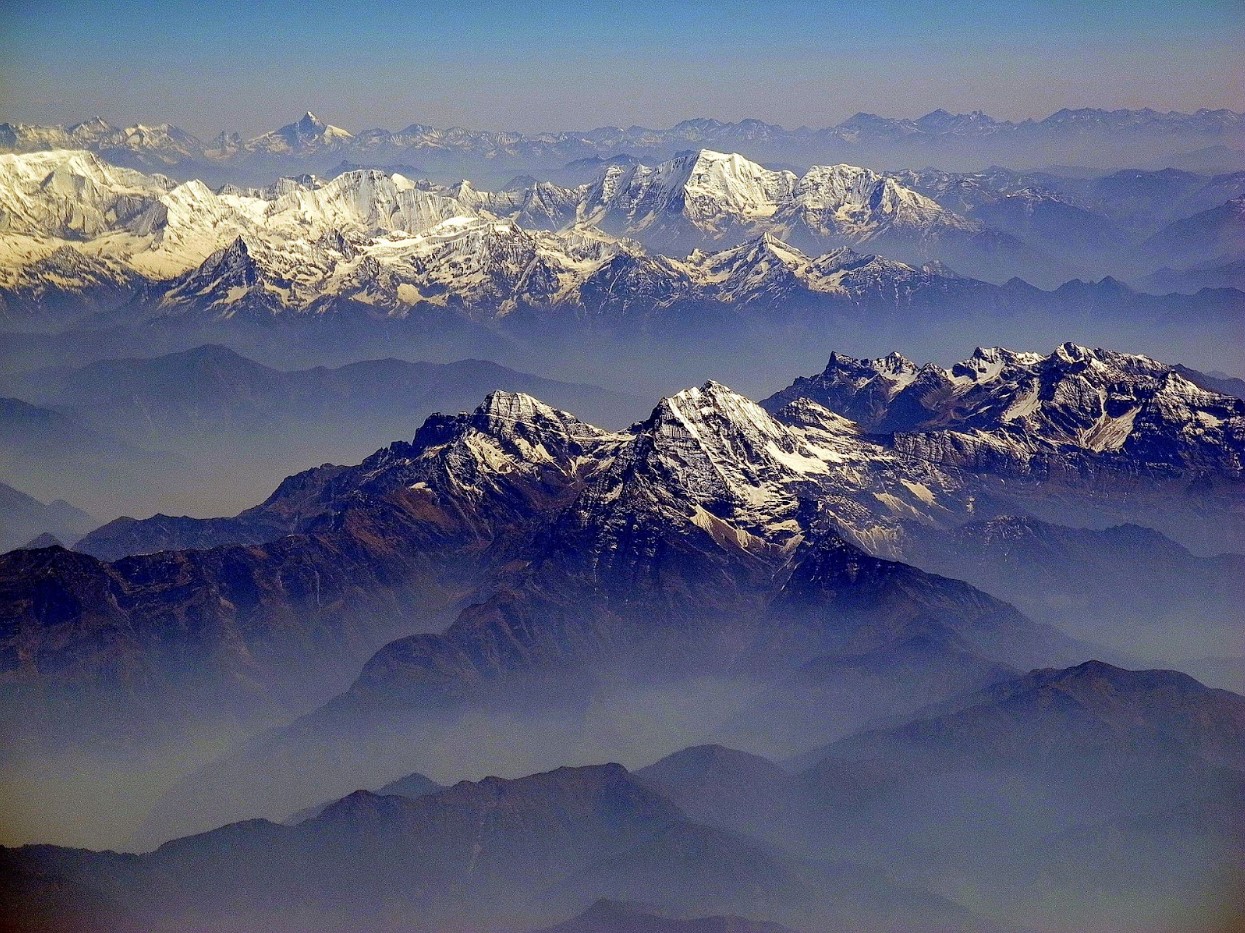
According to the World Glacier Monitoring Service relative to 1970, glaciers have lost nearly 25 meters of liquid water.
They explain that this is equivalent to slicing 27.5 meters off the top of each glacier. (via World Glacier Monitoring Service)
How Can We Stop this Phenomenon?
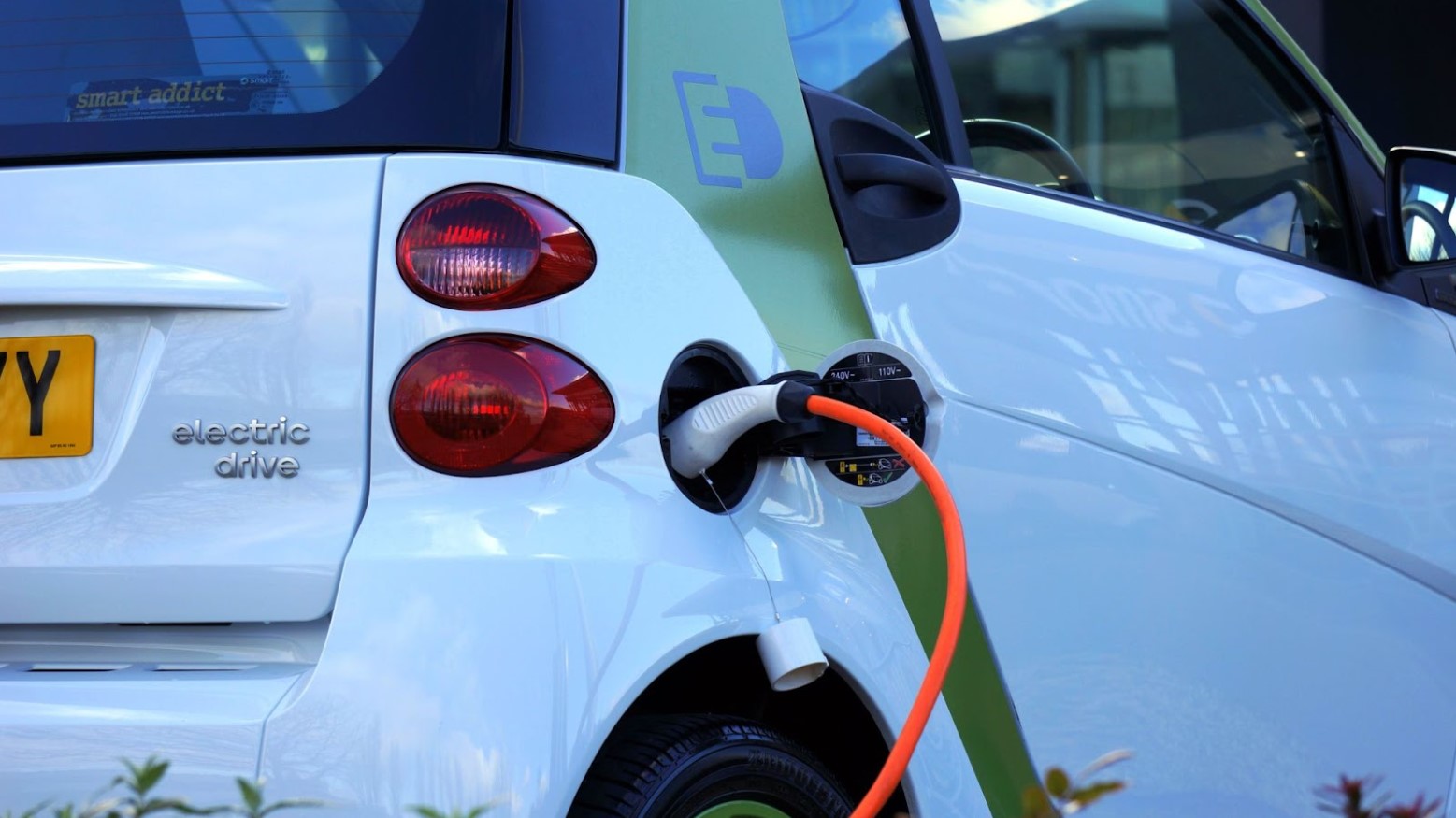
Reducing fuel pollution is one way to help this process from happening.
Swapping gas vehicles for electric ones or utilizing renewable energy sources in your house, such as solar panels, are some ways you can have a positive impact on global warming.
What Are Some Smaller Ways to Make a Difference?

If you can’t take such drastic measures, some small, everyday changes can help in the long run.
For example, if you swap out animal products for vegan alternatives, or simply have a meal that doesn’t even need alternatives, once a week, it will reduce the pollution from farms.
